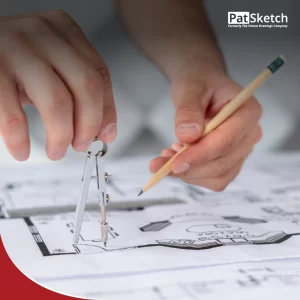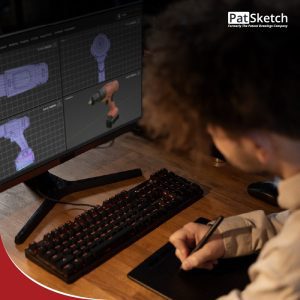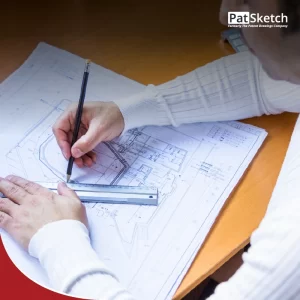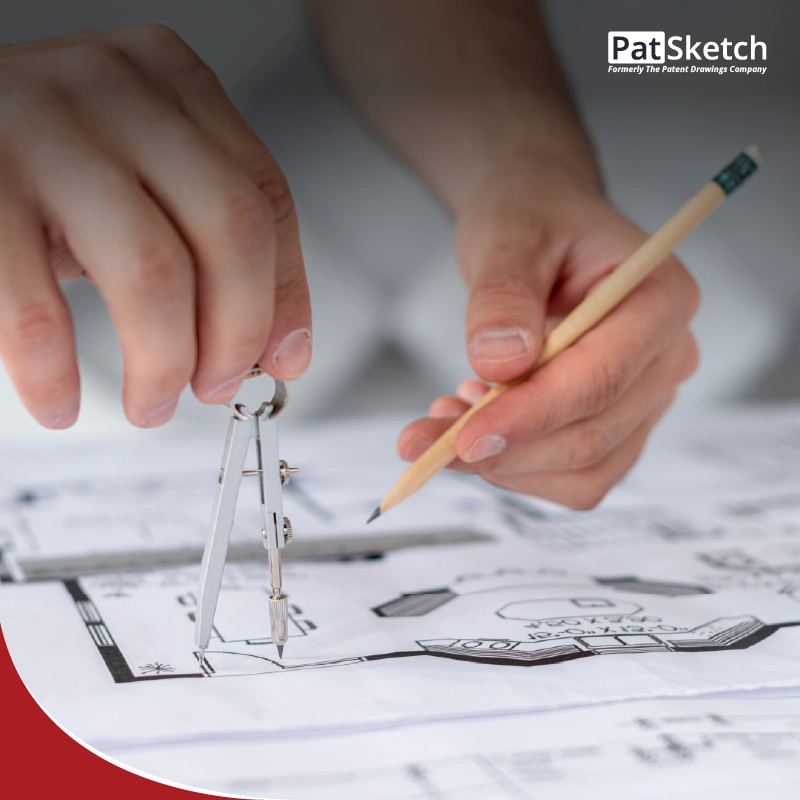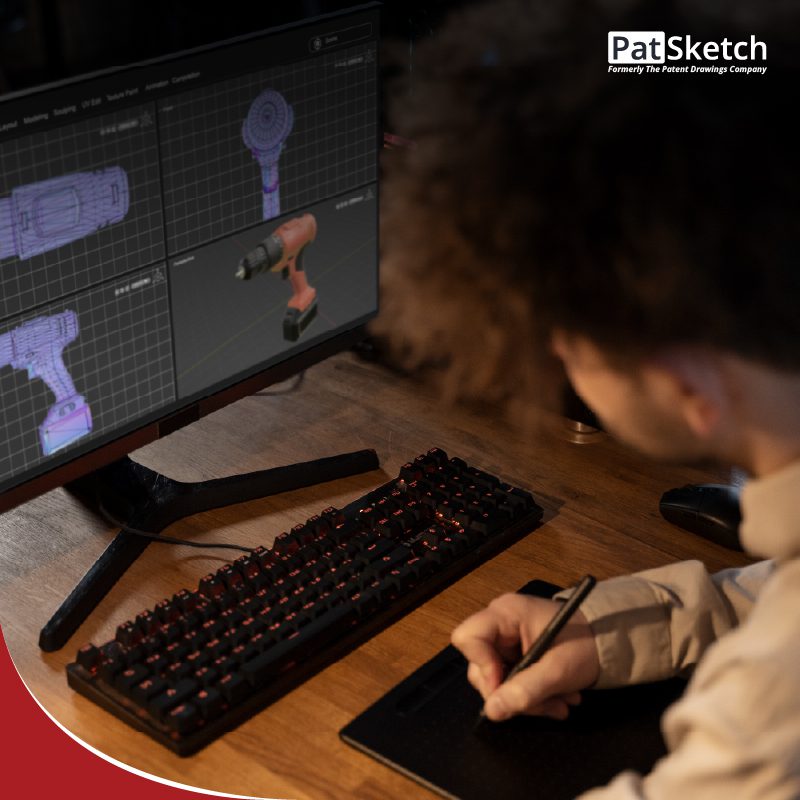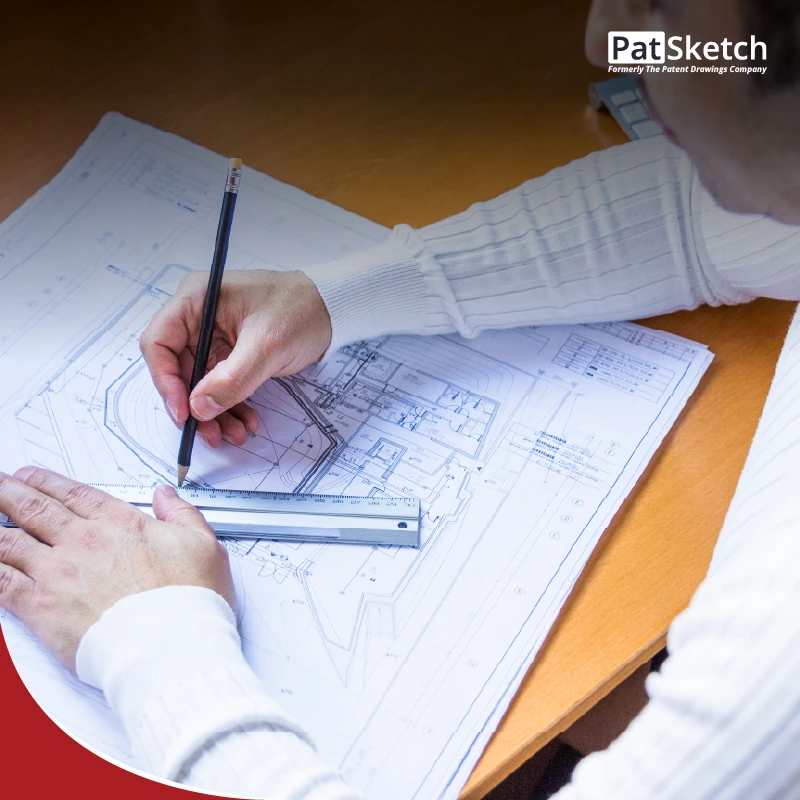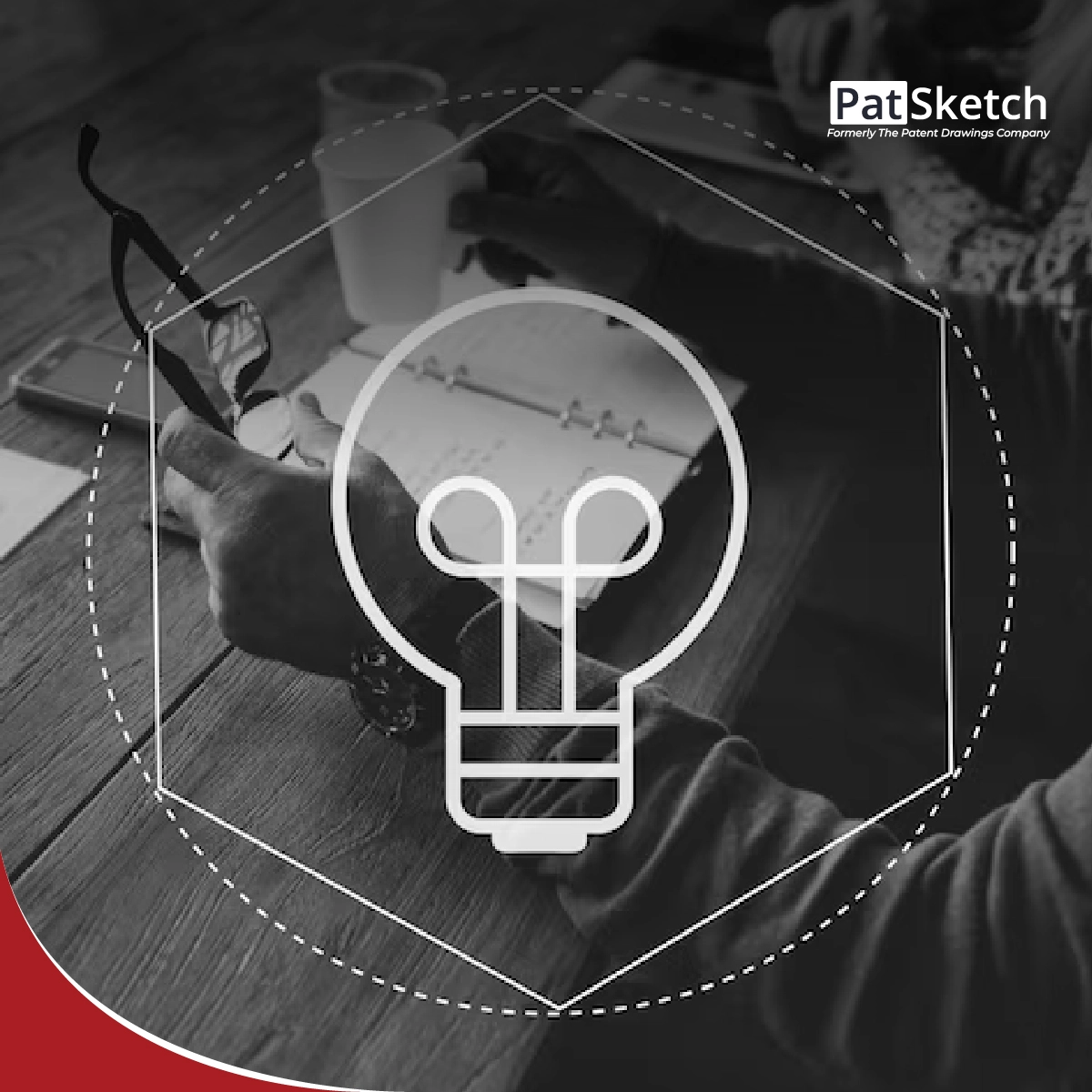While disclosing a patent, the state of your patent drawings is as critical as the disclosure of your invention. These drawings are a visual representation, not just for presenting the entire picture but also to enable the patent examiners to fully understand your invention and confirm that it conforms to the requirements.
However, poor or non-compliant drawings can lead to significant delays or even outright rejection of your application. Roughly 40% of patent applications are rejected by USPTO examiners at first sight, and drawing-related issues are a common cause.
This blog will provide you with valuable information on how to avoid these issues by dealing with three critical areas every patent filer should consider before creating their patent drawings:
- Maintaining accuracy in your drawings
- Complying with USPTO and international standards
- Knowing when to seek professional help to maintain accuracy
By addressing these areas correctly, you can do a great deal to ensure that your patent application proceeds without any unnecessary delays.
Three Things to Know Before Creating Patent Drawings
Sheet Details
The drawing sheet needs to be white, and it needs to have a matte appearance. The sheet should be robust and pliable. The prescribed size is 21cm x 29.7cm or 21.6cm x 27.9 cm (8 ½’’ x 11’’). The margin should be uniform across the entire document.
The margins must be 2.5 cm across the top, 2.5 cm along the left side, 1.5 cm along the right side, and 1.0 cm across the bottom. Vertical drawings are preferred over horizontal ones, and only one side of a sheet must be used.
Production Options
You can use CAD (computer-aided design) software for producing the 2D drawing views that USPTO requires based on a 3D model. It allows you to effectively create the drawings and meet the standards and specifications of the patent office.
Besides the CAD platform, you can also use a low-cost alternative, like modeling software, which also has free versions available. However, ensure that drawings are accurate and error-free. The lowest cost option is manual patent drawings. You need to appropriately follow the drafting standards to produce the hand-drawn set.
Outsourcing
You can also outsource the production of your patent drawings to a certified illustrator. Patent drawings are technical and complex, and these illustrators possess the necessary skills and tools to create the drawings and bring success to your patent application.
The patent illustrator should be aware of the guidelines defined by the USPTO to prepare patent illustrations. They must also form a technical understanding of your invention to accurately capture the details. Further, they must ensure that they can meet the deadlines without compromising on the work quality.
PatSktech: The Patent Drawings Company
For accurate and professional patent illustrations, trust PatSketch. We specialize in utility patent drawing services and design patent drawing services, ensuring your patent application meets all USPTO standards. Our expert illustrators understand the intricacies of patent requirements and deliver precise, high-quality drawings that effectively showcase your invention’s unique features.
Let PatSketch help you expedite your patent approval process with visually compelling and compliant patent drawings. Reach out to us today for expert support in protecting your intellectual property.


